For much of the U.S., the snowy season is well underway. Before your family heads out for a day of playing in the fresh powder, make snow sports safety a priority and be ready to respond to a cold weather emergency.
Children’s Hospital of Colorado offers these timely tips for neighborhood sledders and skaters:
- Choose a good sledding hill, one that has a clear path without obstacles in the way. Make sure that the hill does not end on a street, road, parking lot or any bodies of water such as a pond or river.
- Never sled downhill headfirst.Sit up facing forward to steer. Risks of head and back injuries are greater by lying down on the sled.
- If you aren’t skating in a rink, be sure to call local authorities to ask which areas have been approved and to ask permission to skate on a pond or lake.
- Make sure your skates are sharpened and that the weather has been cold enough for at least one week before skating on a pond or lake.
For skiers and snowboarders, safety becomes an even greater concern. January is National Winter Sports Traumatic Brain Injury (TBI) Awareness Month, reminding us that the most important piece of gear you can take to the mountain is the appropriate helmet for your sport. According to the Office of Disease Prevention and Health Promotion, a study that compared seven “extreme sports” activities found that:
- Skateboarding, snowboarding, skiing and motocross had the highest number of head and neck injuries
- Snowboarding had the most concussions. In fact, about 30% of concussions in extreme sports occurred in snowboarding. Snow skiing was associated with about 25% of concussions.
Always wear your helmet and always ski or board within your ability level. For more on skiing and boarding injuries, see our blog post Winter Sports Safety.
No matter your choice of snow sports, be sure you are adequately dressed for winter weather. As the recent frigid conditions across the country have shown, cold temperatures can be deadly.
Hypothermia and Emergency Care
Cold, wet temperatures can result in a lowering of the internal body temperature. Hypothermia, a generalized cooling of the body, occurs when the internal core body temperature has decreased to 95° F or less. It is a life-threatening condition.
To help recognize hypothermia, look for pale, cold skin, uncontrollable shivering, loss of coordination, difficulty speaking and an altered mental status. Severe hypothermia can result in the loss of shivering and a slowing of the breathing and heart rate.
To care for the person, carefully and gently move them to a warmer place. Remove wet clothing and cover the person with something dry and warm. Cover their head and neck to retain body heat.
If available, activate EMS and get an AED. As the body temperature gets lower, body processes become impaired and eventually fail. Cardiac arrest may occur.
If you are far from professional medical care, begin actively re-warming the person. Place him near a heat source. Put containers of warm, but not hot, water in contact with the person’s skin.
To learn more about cold weather emergency care and a wide range of other first aid topics, consider taking an ASHI or MEDIC First Aid class. You can find a Training Center near you by clicking here.
Note to First Responders: If you and your crew need continuing education training to fulfill your requirements and help you meet the challenges of responding to winter emergencies, the 24-7 library offers courses on:
- Cold Weather Emergencies: Hypothermia
- Sports Injuries
- Extreme Sports Injuries: Extremity Trauma
You can explore the 24-7 course catalog by clicking the button below.








.png?width=600&name=HSI-CTA-EmergencyCareTraining%20(1).png)











Comments